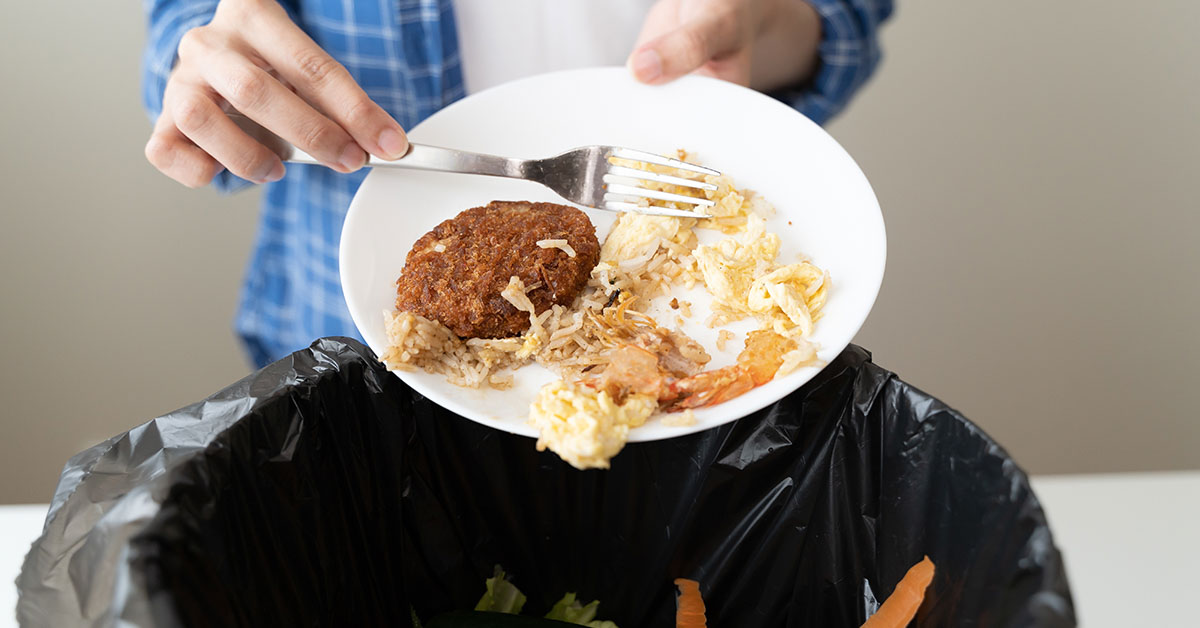Leftovers are a convenient solution for reducing food waste and saving time in the kitchen. But not all leftover foods are safe after sitting in the fridge for a while. In fact, certain leftovers can be hotbeds of bacteria and pose serious health risks if they aren’t handled and reheated properly. Let’s take a look at 11 common leftovers that have the potential to make you sick, and cover proper food safety and storage practices:
1. Eggs
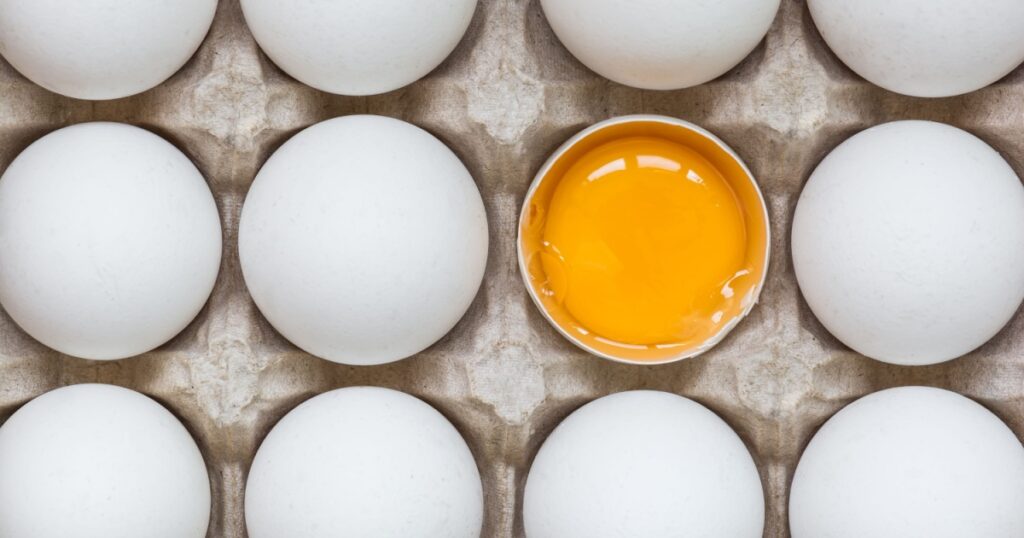
Eggs are not only a breakfast staple but are enjoyed by many in baked goods, picnics, and salads. Improper handling of egg leftovers can lead to salmonella contamination.1 food scientist Dr. Kantha Shelke warns that leaving eggs at room temperature for extended periods creates an “ideal environment for bacteria to multiply”.
2. Beets

While beets offer many health benefits, reheating them incorrectly can actually create carcinogenic compounds – which are bad for you.2 Nitric oxide in beets does not react well with heat, and can potentially create harmful nitrosamines. So maybe stick to chilled leftovers.
3. Potatoes
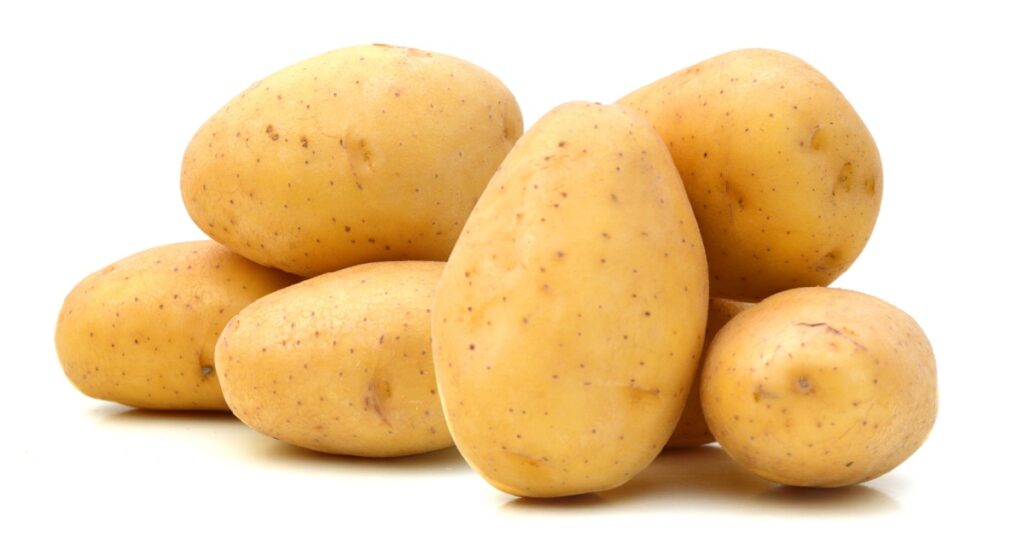
Despite their reputation as ‘the everything food’, potatoes can play host to clostridium botulinum (a neurotoxin – yes that’s very bad) if left to cool and stored improperly. Baked potatoes wrapped in foil are in an oxygen-deprived environment, which is ideal for bacterial growth. Be mindful of how you store and reheat your potatoes.
4. Spinach
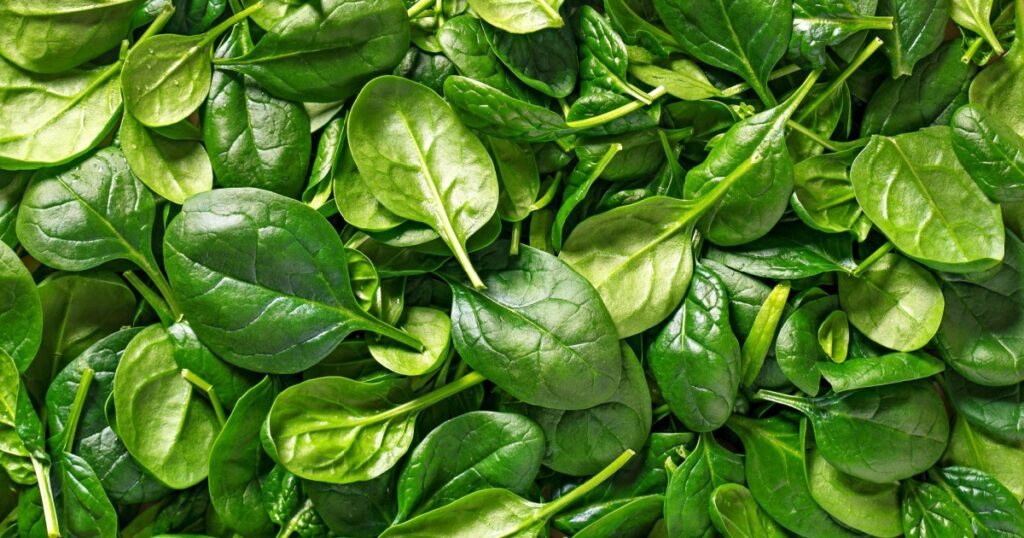
Spinach contains nitrates that can convert into nitrosamines when leftovers are reheated improperly (and can also cause spinach mouth). Nitrosamines pose significant cancer risks (which again, are bad). Infants are particularly vulnerable to nitrite exposure due to their systems being not yet fully developed.
5. Breast Milk

Breast milk has excellent nutritional value, but can become a breeding ground for bacteria if warmed incorrectly. In fact, Dr. Shelke actually advises against reheating breast milk, as it can harbor bacteria from an infant’s saliva, potentially causing digestive distress. If it’s been used once already, let it go.
Read More: 16 Worst Fast Food Chains to Avoid
6. Rice
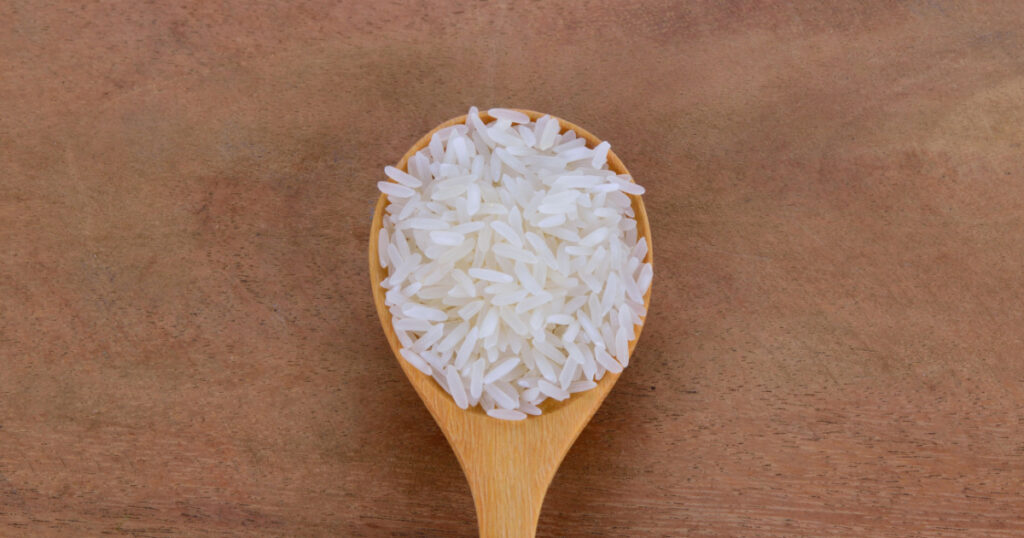
Leftover rice can make a great stir fry, but is also a hotbed for bacillus cereus, a bacteria that multiplies rapidly at room temperature.3 Proper refrigeration within two hours of cooking is necessary to prevent both bacterial growth and any foodborne illnesses.
7. Chicken
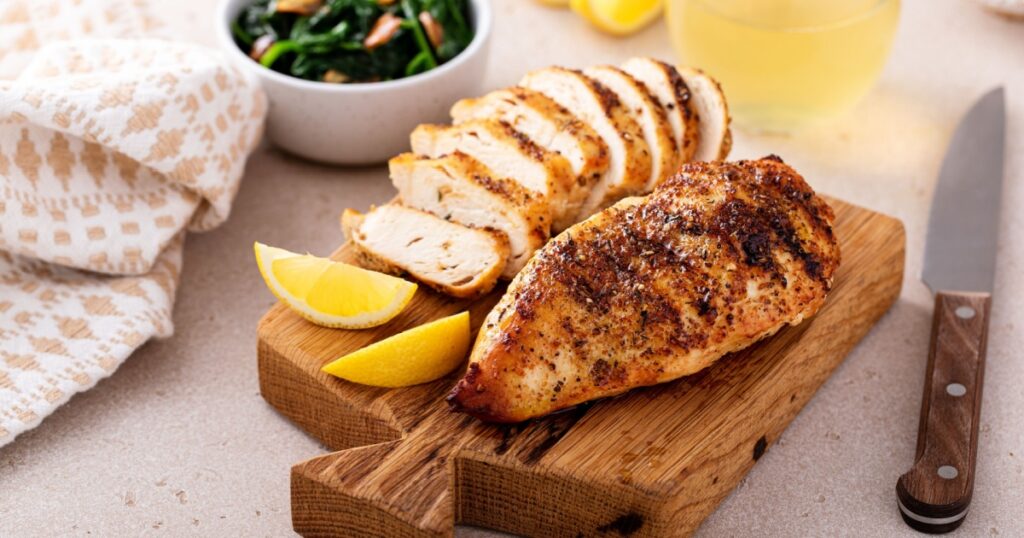
Raw chicken is the poster child of salmonella contamination, and it cannot be overstated how important it is to cook and reheat chicken thoroughly. You should also be mindful of prompt refrigeration afterward to avoid bacterial contamination in your chicken leftovers.
8. Cold-Pressed Oils
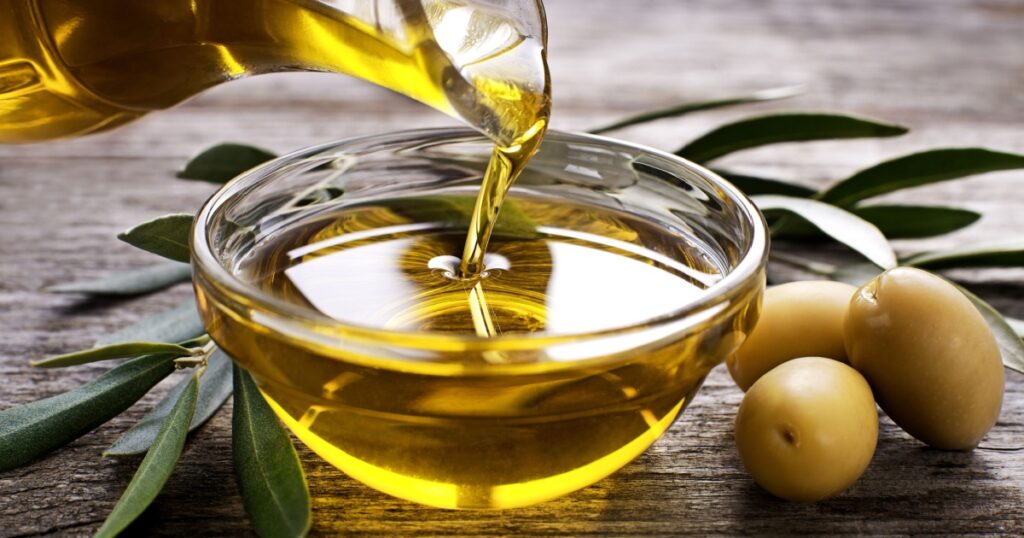
Omega-3-rich oils like flaxseed and olive oil are sensitive to heat and can become rancid when reheated. Dishes that have these oils in them may have their nutritional integrity compromised, according to Dr. Shelke. So if you’re cooking with these types of oils, try and make sure the serving size will feed you in 2 meals, a maximum 3.
9. Oily Foods
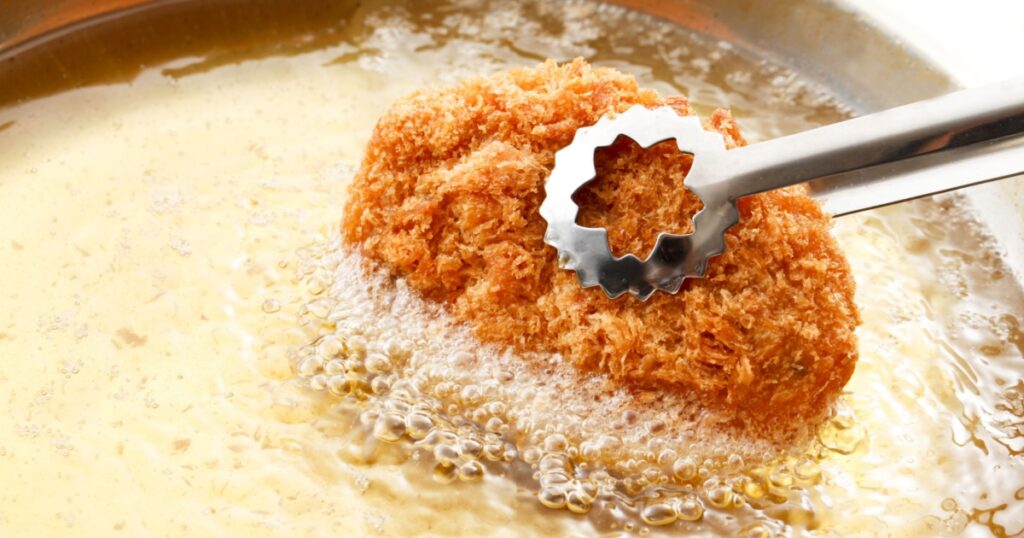
Oily foods like French fries can produce harmful fumes and degrade the quality of the oil if reheated in the microwave. A safer method is to reheat oily leftovers in the oven or in the pan to minimize health risks.
Read More: Meet the Women Who Tackled Her MS with Food and Lifestyle Choices
10. Buffet Food
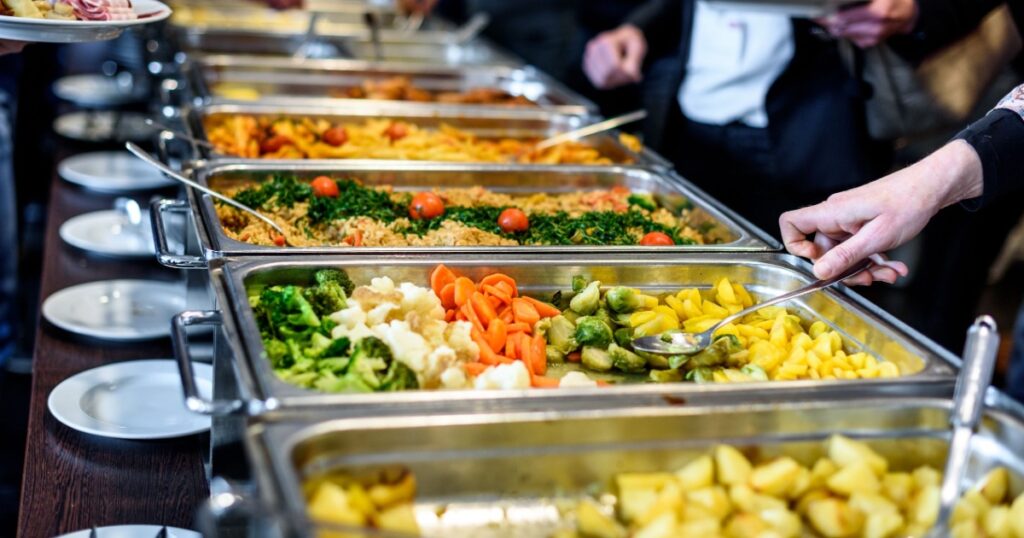
Buffets in general are a risky place when it comes to food safety. The food trays often fail to maintain proper food temperatures, allowing microbes to grow and multiply. Even at home gatherings, buffet foods should be quickly refrigerated after guests are done eating to prevent bacterial growth and foodborne illness.
11. Seafood
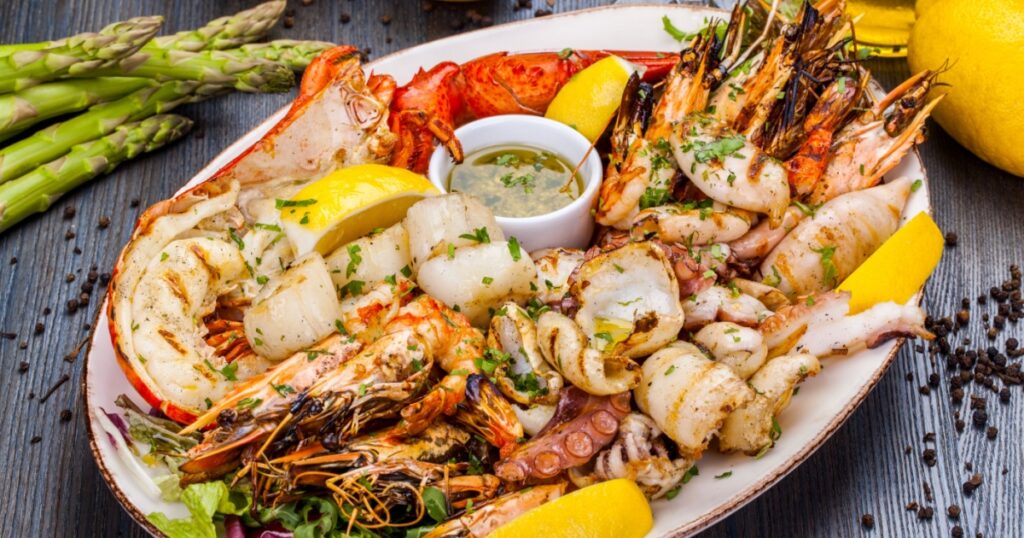
Seafood spoils rather quickly and can harbor bacteria that thrive at warm temperatures. As seafood is generally kept in a frozen state prior to being consumed, it’s reasonable to understand that once the temperature of the food starts rising, so too does the likelihood of bacterial growth in leftovers. Proper storage and refrigeration within two hours of cooking are key for minimizing risk.
The Bottom Line

While leftovers offer convenience and sustainability, they also come with a need for vigilance. Potential risks are everywhere if your food isn’t handled and reheated correctly. By understanding the dangers of certain leftovers and following expert advice, you can enjoy your leftovers without compromising your health. Remember, when it comes to leftovers, proper handling and reheating are key to staying safe and healthy.
Read More: What Food Product Came Out the Year You Were Born?
Sources
- “11 Leftovers That Can Make You Sick.” Healthy. Jill Waldbieser. January 29, 2021.
- “How to make sure your leftovers are safe to eat.” The Conversation. Primrose Freestone. March 29, 2024.
- “Leftovers and Food Safety.” FSIS
